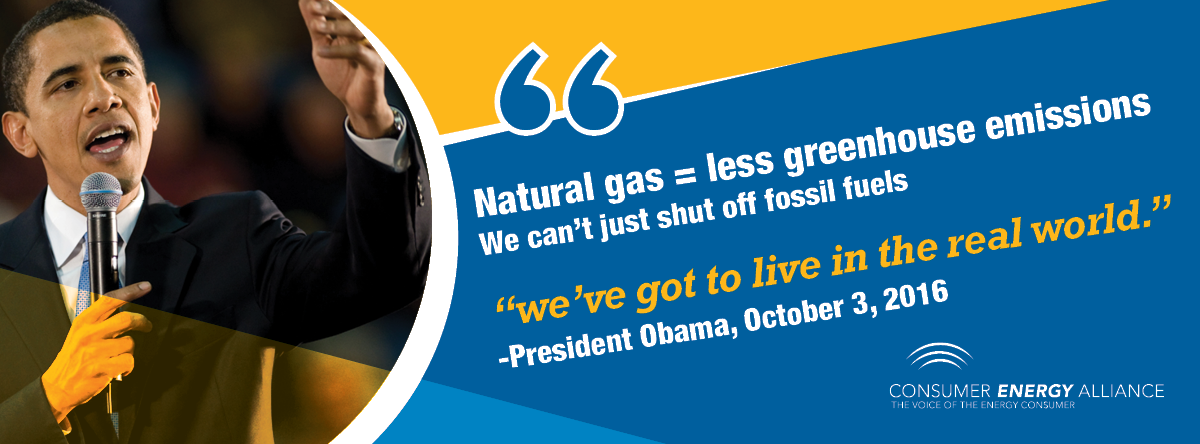Consistency and complacency are simply not good practices for energy policy or any other social purpose. The impossible complexity of our daily lives and the direct link to the environment means that there is no single answer to address unique energy issues across the United States. For example, wind power is undeniably one of the most exciting and useful technologies to be further developed in recent decades. Yet a national mandate that all households, families and small businesses start using wind power immediately wouldn’t be possible or necessary.
For starters, there are places where it is not effective, places where it is not the best option, and places where it would cost more to install than would ever be realized by its generation capacity. This scenario is not just for wind, it works for each energy type. This is especially true for areas with unique geography and areas that use specific energy types to meet demand for their communities, which may be entirely different than other places across the country.
These are some of the few reasons why an “all of the above” approach to energy policy should be considered. Power generation, by its very nature, is a decentralized affair. Some places need lots of power and have few natural sources while other places have enormous natural resources and no people to use them. Moreover, the vehicles that help people travel between these places must have fuel and power of their own. A variety of power sources are obviously necessary and some sources are better than others.
The Obama administration has taken major steps to deal with the reality of energy consumption. They have attempted to remain neutral to all progressive political considerations, focusing their attention instead on the science behind the issues, but the fact remains, energy demand is increasing and the current approach does not consider low income families, households and small businesses who spend a majority of their budgets on energy.
We can help each other by embracing policies that fit our diverse populations and regions. Regardless of the type of fuel you choose, each comes with its challenges, but what is good for sunny Arizona, might not be suitable for cloudy Seattle.
The “Keep it in the Ground” (KIITG) movement, curbing new infrastructure projects, and hindering the build-out of new renewable sources is not practical. This sentiment has been echoed by Obama’s top science advisor, John Holdren who called anti-development “unrealistic”. We need to support communities across the country with unique and diversified energy needs.
As we continue to refine our policies here in the United States as it concerns further reducing our emissions, it is important to highlight conversations regarding energy efficiency no matter what source of energy is being used. It is quite possible to cut fuel consumption across the board by eliminating wasteful practices and supporting the development of new technologies that will be useful in the future. There are many unintended consequences of a growing global community, but we can do our part on the energy side through conservation and efficiency. Saying “no” isn’t a solution.
As Americans we have handled enormous challenges before. The rational middle here in the U.S. has shown a clear willingness to grapple with these facts and to engage in a partnership to find solutions. The Obama administration has shown that it understands there is a need for rational thought and has made this clear many times speaking on climate change – even in the face of progressive adversity.

